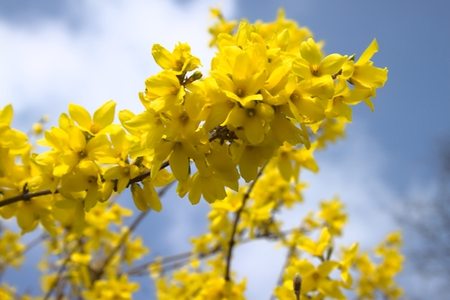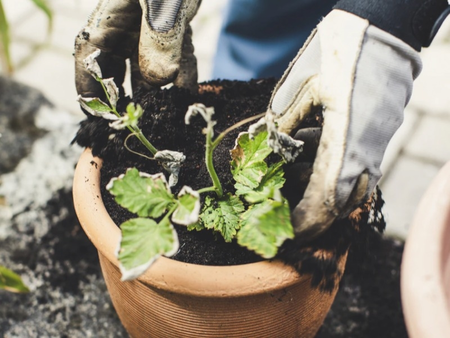
Winter can be tough on lawns and customers are coming into Lakeside for help and advice. This Winter has been particularly wet causing problems in gardens where drainage is poor. For great guidance and a programme of what products to use, Team Lakeside are here to help, and along with these top tips your lawn will be looking good for the Summer.
Lawn care tips for April
-
Consider mowing less often for a more wildlife-friendly lawn, and leave your lawnmower blades on a higher setting. This allows low-growing plants like self-heal, buttercups, clover and other wildflowers to thrive, providing pollen for bees and other pollinators. If you prefer the look of a neatly mown lawn, why not leave a small area unmown as a wildlife haven?
-
For short turf, start mowing more regularly this month as the grass begins to grow again after winter. Make sure your mower blades are sharp and don’t mow when the grass is wet. It’s often best to mow in the afternoons to give the dew time to dry off in the mornings. Initially, trim with the lawnmower blades on a high setting, gradually moving to a lower setting as the growing season progresses.
-
Give your lawn a boost after winter with a proprietary spring lawn feed. This will contain a balanced mix of nitrogen, phosphorus and potassium to promote the growth of strong, healthy grass that can out-compete weeds and moss.
-
As the grass starts to grow, lawn weeds like dandelions and docks will begin to appear too. Keep on top of them by digging them out by hand (there are special tools available to help tackle dandelions and other weeds with long taproots). If there are too many weeds to tackle by hand, wait until next month and treat them with a lawn weedkiller. It’s best to wait at least two weeks after feeding the lawn to apply weedkiller.
-
Tackle moss in your lawn with with a Complete/All-In-One product and rake according to manufacturer's instructions with a sprung tine rake. Alternatively use a No-Rake product which is high end technology combination of lawn food and moss control through naturally occurring bacteria that eats moss creating no need to rake. Spring is also the time to aerate your lawn with a solid tine tool to increase compaction and help retain water in your lawn for the summer months.
-
If your lawn has bare patches, now’s the time to tackle them. It’s also ideal to sow seed for new lawns, as the soil has started to warm up in the Spring sunshine. Before sowing, prepare the soil by breaking it up with a garden fork and rake over to produce a level surface with a fine, crumbly texture. Sow the grass seed and lightly rake it in. If you have used a weedkiller or an All-In-One product, we would recommend hold off seeding until 6-8 weeks after application as the high levels of nitrogen or weedkiller in some products restricts germination. You may also need to net the area after sowing to stop birds from eating all your grass seed! If there is no rain for a couple of days, water the site using a sprinkler or a watering can with a fine rose.
Visit Lakeside for advice from the Team and see our range of lawn care instore. We stock Natural products through to All-In-One treatments and professional based products created with specific jobs for your lawn. We'll have your lawn looking lush and inviting this summer, so visit Lakeside soon!







